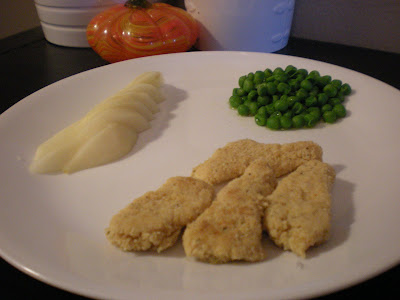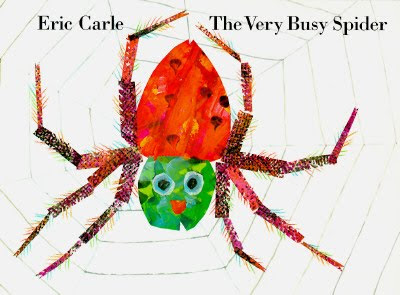
I always use the last week of the month as a review week. This week we'll be using "Halloween" as our theme. We'll be reviewing the themes from the past 3 weeks; witches, spiders and pumpkins.
We'll be using association pairs to teach both math and language concepts. You can use whatever themes you've been doing. My associations look like this:
1. witch and broom
2. pumpkin and jack-o-lantern
3. spider and web
We'll match these pictures together on our felt board while we sing the following song to the tune of "Farmer in the Dell".
HALLOWEEN REVIEW SONG:
"It's Halloween tonight! It's Halloween tonight! Oooo-ooooo it's Halloween, it's Halloween tonight!" (Put up letters to spell: Halloween)
"The witch rides her broom! The witch rides her broom! Oooo-ooooo it's Halloween, the witch rides her broom!" (Match witch to broom)
"The pumpkin's glowing bright! The pumpkin's glowing bright! Oooo-ooooo it's Halloween, the pumpkin's glowing bright!" (Match pumpkin to jack-o-lantern)
"The spider spins her web! The spider spins her web! Oooo-ooooo it's Halloween, the spider spins her web!" (Match spider and web)
*You can change the words of the song to fit the associations you use. You can also add more versus and more associations depending on the attention span of your child.


































